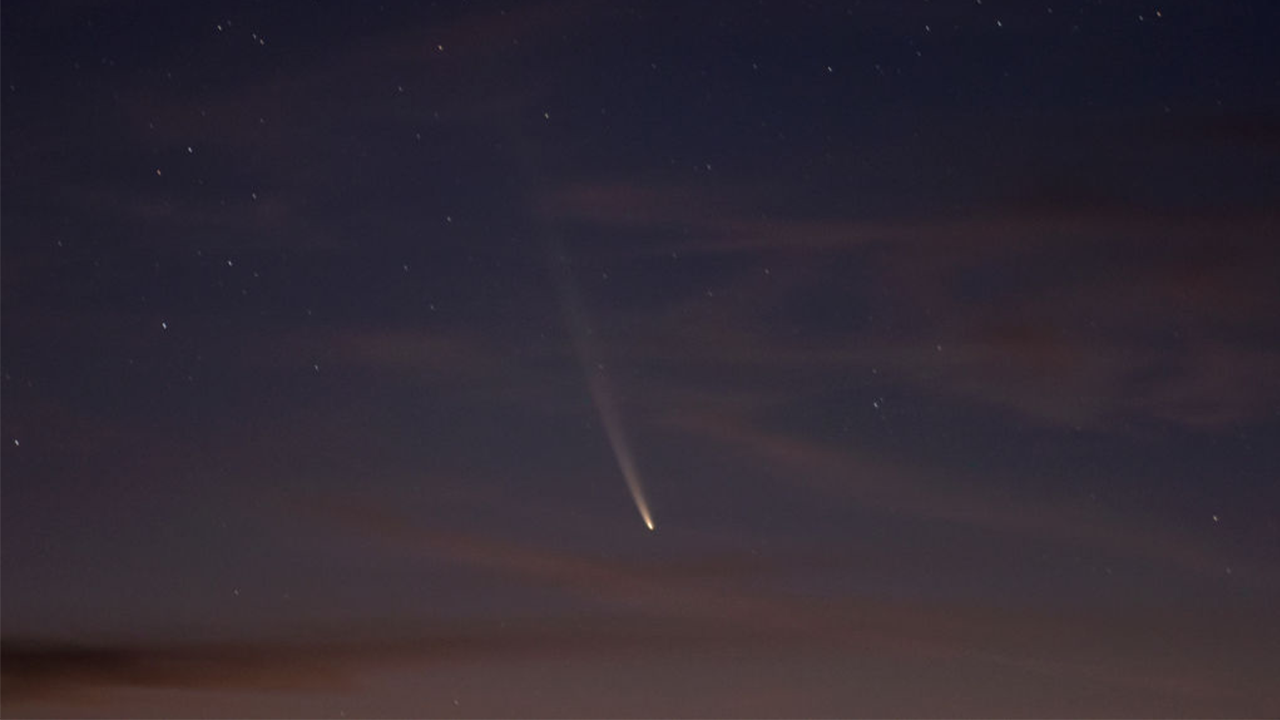A team of 21 scientists set off on an expedition in the largely uncharted waters of Bounty Trough off the coast of the South Island of New Zealand in February hoping to find a trove of new species.
The expedition paid off, they said on Sunday, with the discovery of 100 new species, a number that was likely to grow, said Alex Rogers, a marine biologist who was a leader of the expedition.
“I expect that number to increase as we work through more and more of the samples,” Dr. Rogers said. “I think that number is going to be in the hundreds instead of just 100.”
Dozens of mollusks, three fish, a shrimp and a cephalopod that is a type of predatory mollusk were among the new species found in the expedition, which was led by Ocean Census, a nonprofit dedicated to the global discovery of ocean life, the National Institute of Water and Atmospheric Research in New Zealand, and the Museum of New Zealand Te Papa Tongarewa.
One creature that caused a “lot of head-scratching” is a star-shaped animal, about a centimeter across, but researchers have not managed to identify it, Dr. Rogers said. They believe it may possibly be a coral.
Two million-plus species are estimated to live in the oceans, but only 10 percent of ocean life is known. It is vital to learn more about the aquatic life because marine ecosystems carry out functions that support life on Earth, such as creating food for billions, storing carbon and regulating climate, Dr. Rogers said.
“We’re dealing with a situation where we know marine life is in decline,” he said. “In order to try to manage human activities to prevent this continuing decline, we need to understand the distribution of marine life better than we currently do.”
Ocean Census was founded last year by the Nippon Foundation, a Japanese philanthropic organization, and the U.K.-based ocean exploration foundation Nekton. When it began its work, Ocean Census set a goal of finding at least 100,000 new marine species in a decade.
The group is focused on exploring some of the most under-sampled bodies of water.
In the February expedition, researchers first mapped the area with an imaging system and video cameras to check that it would be safe for their equipment and to ensure that there were no vulnerable animal communities that potentially could be harmed.
Then, they deployed what is known as the Brenke sled, a sampling device that has two nets, one close to the seabed, and the other a meter above it. As it drags along the floor, it churns up animals living close to the sea floor. To find larger animals, the researchers used other methods, such as baited nets.
Trawling the depths at 4,800 meters — or roughly the equivalent to Mont Blanc, the highest peak in the Alps — researchers collected 1,791 samples.
Given its depth, Bounty Trough is not of great interest to fisheries and therefore is poorly sampled, Dr. Rogers said. Geologists have surveyed this area but biologists have not.
Worldwide, about 240,000 marine species have been discovered and named to date but only 2,200 species are discovered each year on average, according to Ocean Census.
In many bodies of water there is still a lot that scientists have to learn, Dr. Rogers said.
“It’s probably the equivalent of a space mission,” he said. “We’re still in early days, but the number of species that we found in the Bounty Trough really indicates to us that we’ve got a long way to go in terms of understanding where life is found in the ocean.”






